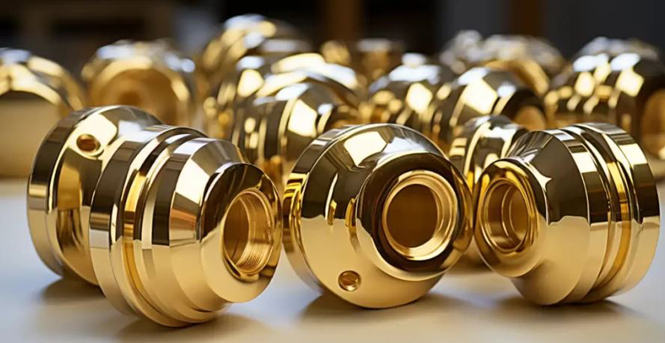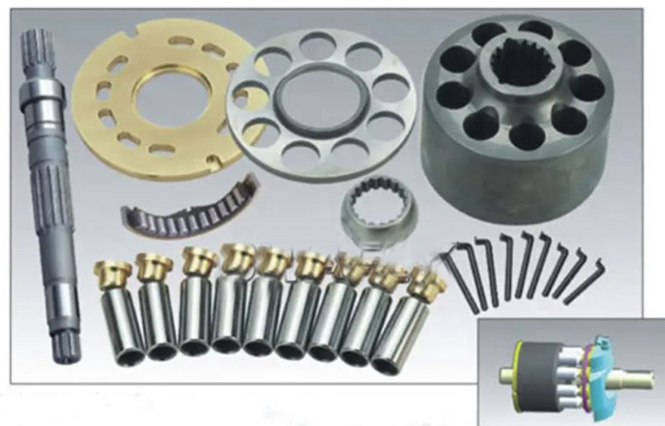BRASS CASTING
Brass is a popular material in many industries. Its gold-like appearance, its remarkable properties, and its use for artistic purposes have made it a favorite. How can one achieve high-quality and precise results when casting brass? Brass casting is an intricate process that involves melting brass alloy, pouring it into a mold, and creating the desired shape. Precision, attention to detail, and an understanding of material properties are required.

This journey is worth taking, and you’ll gain valuable insight into brass casting by the time you finish this article. You’ll be able to take your project to the next step.

Brass casting is an innovative manufacturing process that involves melting brass alloy, pouring it into a mold, and shaping it to our specifications. Zinc and copper primarily compose this alloy, but its unique properties make it an excellent choice for casting. Brass casting allows us to produce intricate shapes and designs, resulting in components that are both functional as well as aesthetically pleasing.

Brass casting is a crucial component in manufacturing because it produces complex parts with high accuracy and consistency. This process is essential in many industries and has become a part of modern life.

Brass casting is used in the automotive industry to produce durable, reliable parts that can withstand road rigors. Brass parts are lightweight and robust, which makes them ideal for the aerospace industry. This contributes to safer and more efficient flights. Brass casting is also used in art and decor to create intricate sculptures, decorative pieces, and other items that showcase the material’s elegance and beauty.

We must equip our workers with Personal Protective Equipment for brass casting; this is non-negotiable. Heat-resistant gloves and face shields are essential, as well as long sleeves made of flame-resistant fabric, safety goggles, and clothing with long sleeves. These items of equipment protect against molten metal splashes and intense heat. They also help prevent potential burns. We take responsibility to ensure that everyone in our team knows the importance of wearing PPE correctly and understands its importance very seriously.

Brass casting is a high-temperature process, so fire safety is a priority. In our facilities, we have strategically placed and made fire extinguishers and fire blankets readily accessible for emergencies. We conduct regular fire safety drills to ensure all staff are familiar with emergency procedures.

Brass alloy is a mixture of zinc and copper, with other elements added to improve specific properties. Casting results are directly affected by the type of brass alloy that you select. Yellow brass, composed of about 70% copper and 30% Zinc, is famous for its color. Red brass is a more expensive metal with a higher copper concentration. It’s also known for its high corrosion resistance.

For shaping the brass molten, molds and patterns are essential. The way is created based on the final part design used to make the cavity in the mold. Molds are usually made of sand, ceramic, or both. They must be strong enough to resist the high temperatures of molten brass and capture every detail in the pattern.

We melt the brass alloy after we have set the temperature. In the furnace, the brass is heated slowly in a high-quality crucible. We take our time, ensuring that the brass melts evenly and that there are no cold spots in the final product.

The mold preparation is an essential part of brass casting, and we are meticulous in every aspect. Preparation of the mold is crucial because it determines the final shape, surface finish, and dimensional accuracy. We’ll explore the most important aspects of mold preparation.

The quality of the part is directly affected by the design of the mold. The mold must accurately reflect the dimensions of the final piece and allow for shrinkage when the metal cools. Molds also need gates and risers. These are channels that will enable molten brass into the cavity of the mold and provide additional material to compensate for shrinkage.

